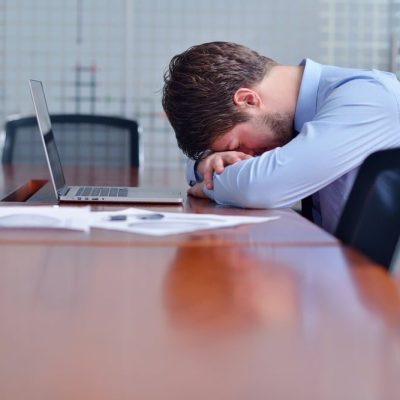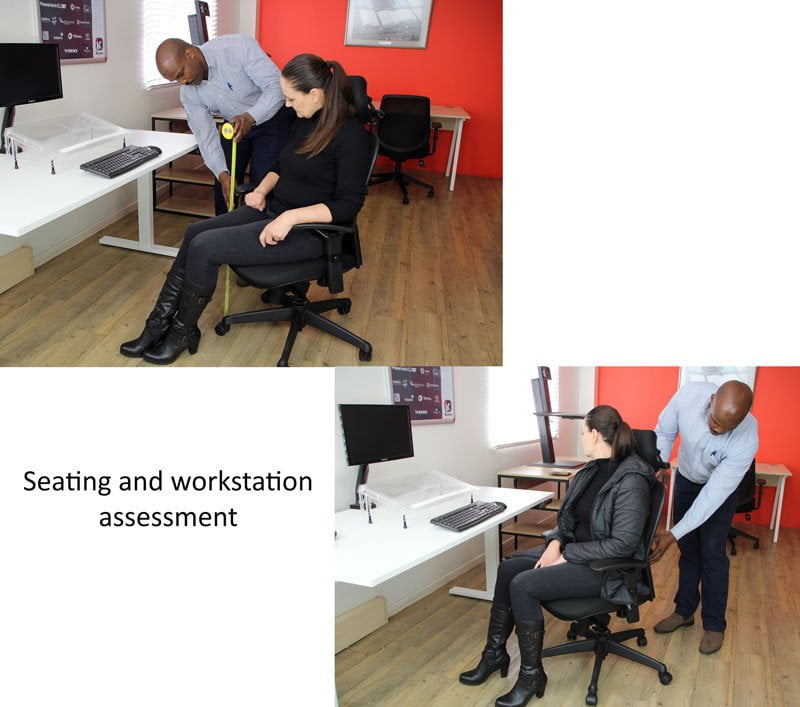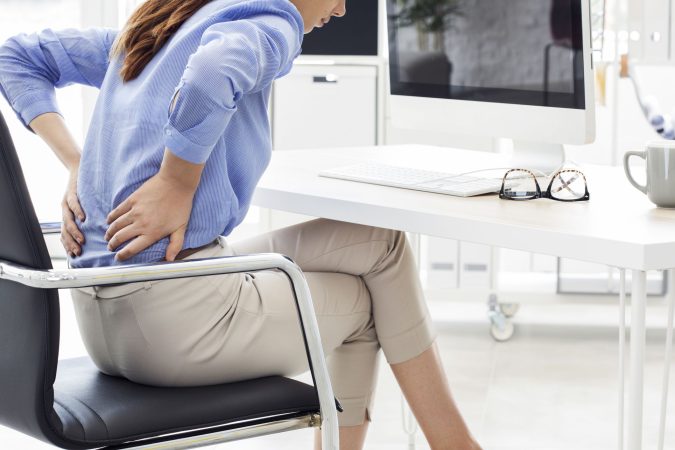Select the correct chair you need in your job
Having the correct chair can have a major impact on...
Read More
Sitting is not naturally human, but being forced to sit uncomfortably day in and out is simply inhumane. Good office ergonomics together with office ergonomic training have a profound effect on your wellbeing. The benefits of the resultant increase in productivity and reduction in lost work days make economic sense. It should not be left to the Occupational Health and Safety Act to enforce the implementation of office ergonomics.
The South African Occupational Health and Safety Act of 1993 says explicitly: “[An] employer [is] to bring about and maintain as far as reasonably practicable, a work environment that is safe and without risk to the health of the workers.” Moreover, according to the act:
“The employer must provide and maintain all the equipment that is necessary to do the work, and all the systems according to which work must be done, in a condition that will not affect the health and safety of workers,”

When reading the above clauses, or upon hearing mention of the Occupational Health and Safety Act, your mind may wander to scenes of construction workers. Here people go about their daily business while dodging potential death from above, a pallet of bricks parting from its chain, a distracted co-worker discarding a brick from the umpteenth floor of a half-built high-rise. We think of hard hats, steel-toe boots, luminous yellow safety jackets, and the many other health-and-safety regalia required on a construction site.
What about someone seated behind a desk in a chair that resembles an ancient torture device rather than a piece of furniture? Do we need to worry about their wellness or suffering? A sloppily designed chair is not as fearsome as a heavy pallet of bricks attached to a chain wafting through the sky? It’s the slow-burn effect of denial. Why a fully adjustable office chair is important.

Unfortunately it’s not a legal prerequisite for employers to supply their employees with seating that won’t detrimentally impact their health.
For many of people, sitting is part of their job and they do this on average for nine hours per day. “Technologies such as the computer and video games have contributed to the allure of the chair,” says James Levine of Scientific American. Many of us spend the majority of our daily lives in an office sitting on a chair and staring at a screen. Is a gaming chair better than an ergonomic office chair?
Unfortunately very few people actually understand what happens to your body when you sit and how it may be detrimental to your health. This is why it should be done in the most comfortable seat available to you. In fact, it should be just as comfortable as the bed you sleep on for eight hours per night!
This brings us to ergonomics and the chair. Work-related musculoskeletal disorders (MSDs) typically include injuries to the shoulders, wrists, elbows, neck, back, and hands. According to the Centers for Disease Control and Prevention in the USA employees suffering from MSDs were involved a median of eight days away from work. The 5 consequences of sitting on the wrong chair. Compare this with six days for all non-fatal injury and illness cases. Employers, take note!
Research by the Chartered Institute of Ergonomics & Human Factors, UK has shown that effective office ergonomics interventions reduce, on average, the number of musculoskeletal problems by 61%, lost workdays by 88% and staff turnover by 87%.
The Cost:Benefit Ratio is on average 1:1.78 with a payback period of 0.4 years.
“Ergonomics is a scientific discipline concerned with the fundamental understanding of interactions among humans and other elements of a system, and the profession that applies theory, principles, data and methods to design in order to optimise human wellbeing and overall system performance.”
Got it? Now, think of this application to chair design.
“Employees have a right to work in an environment that promotes health, safety and their wellbeing.” says Philip Wichmann, Director of South African ergonomic chair manufacturer Karo.
A suitable ergonomic chair will save employees’ backs, and maybe in future, an employer’s behind!
Having the correct chair can have a major impact on...
Read MoreSitting is not naturally human, but being forced to sit uncomfortably...
Read MoreErgonomics and human factors at work is the science of...
Read More

